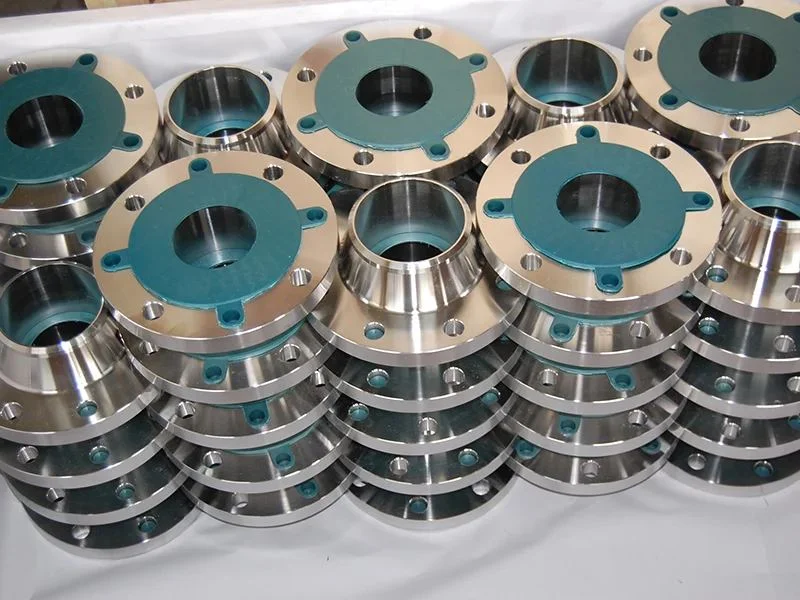Precautions for using stainless steel flanges
Stainless steel flange is a common pipe connection, widely used in various industrial fields. It has the advantages of corrosion resistance, high temperature resistance and pressure resistance, so it is widely used. However, when using it, we also need to pay attention to some matters to ensure its normal operation and prolong its service life. This article will introduce the precautions for using stainless steel flanges.

First of all, it is very important to choose the right stainless steel material. The commonly used materials for stainless steel flanges are 304, 316, 316L, etc. These materials have different corrosion resistance and mechanical properties. When choosing a material, it needs to be determined according to the specific working environment and medium. For example, in corrosive media, 316L stainless steel flanges with better corrosion resistance should be selected.
Secondly, you need to pay attention to the correct installation method when installing stainless steel flanges. First, make sure that the connecting surfaces of the flanges are flat, clean, and free of obvious defects. Secondly, the sealing gasket of the flange must be selected correctly to ensure the tightness of the connection. Commonly used sealing gaskets are rubber gaskets, polytetrafluoroethylene gaskets, etc. During the installation process, be careful not to be too tight or too loose, so as not to affect the sealing effect.
Third, pay attention to the symmetry and balance of the pipeline when using stainless steel flanges. The symmetry and balance of the piping is very important to the proper functioning of the flange. If the pipeline is unbalanced or asymmetrical, it will cause uneven force on the flange, which will affect its sealing performance and service life. Therefore, when installing the pipeline, pay attention to the symmetry and balance of the pipeline, and use supports or adjust the position of the flange if necessary.
Fourth, regular inspection and maintenance of stainless steel flanges is also very important. Regularly check the connection of the flange, including the fastening of the flange bolts, the wear of the gasket, etc. If any looseness or wear is found, it should be repaired or replaced in time. In addition, the connecting surface and interior of the flange should be cleaned regularly to prevent the accumulation of dirt and corrosion.
Finally, care should be taken to avoid overloading and overheating when using stainless steel flanges. Stainless steel flanges have a certain load-bearing capacity and temperature resistance, but if they are used beyond their load-bearing capacity or temperature range, they will cause problems such as deformation and cracking of the flange. Therefore, pay attention to controlling the pressure and temperature of the medium during use, and avoid exceeding the bearing capacity and temperature range of the flange.
To sum up, when using stainless steel flanges, you need to pay attention to the selection of appropriate materials, correct installation, maintenance of symmetry and balance of the pipeline, regular inspection and maintenance, and avoidance of overload and overtemperature. Only proper use and maintenance can ensure its normal operation and prolong its service life. I hope this article is helpful to everyone.
Carbon Steel Flange & Stainless Steel Flange
Advantages and scope of use of sliding flanges
Advantages of stainless steel flanges
What are the advantages of stainless steel pipe fittings?
304 stainless steel flange rust causes
Flange installation precautions
Flange sealing principle and form
Flange gasket seal connection leakage cause






